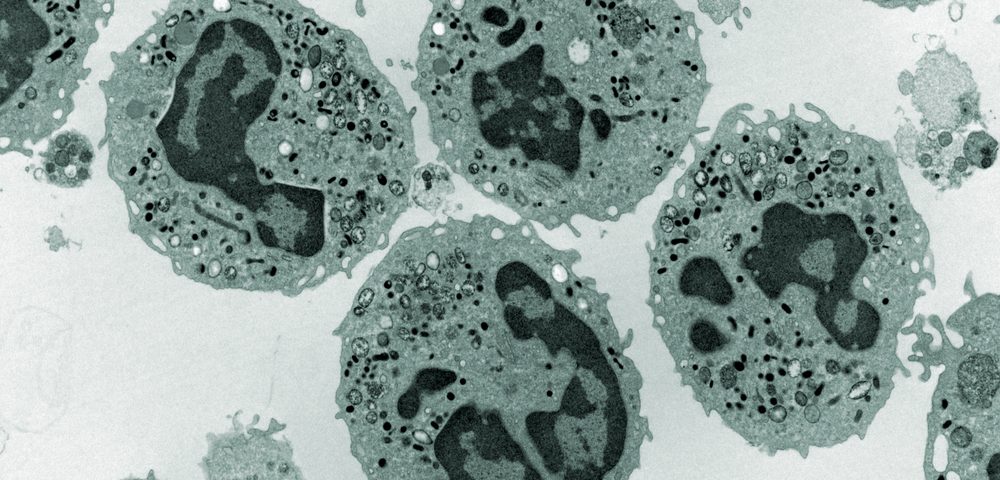Despite advances in diagnostic tools available to scientists, electron microscopy (EM) remains important in the diagnosis of many diseases, including malignant pleural mesothelioma (MPM).
This is according to an article published in the Journal of Thoracic Disease titled ”The use of electron microscopy for diagnosis of malignant pleural mesothelioma.”
Electron microscopy, which was first developed in the 1930s, uses a beam of accelerated electrons to magnify an image of a structure to a much higher degree of magnification than a light microscope. With its introduction, EM allowed for unprecedented advances in molecular pathology.
However, newer molecular techniques such as immunohistochemistry (IHC) and molecular pathology have largely replaced the use of EM. Researchers cite cost, technical expertise, and decreasing utilization of electron microscopy for diagnostic purposes as reasons why EM has fallen out of favor.
But the authors argue that while newer methods are valuable, electron microscopy still remains a feasible and highly sensitive tool for diagnosing multiple pathologies that require careful analysis of molecular changes in structures.
The authors cite multiple conditions such as lysosomal storage disease, Alport’s syndrome, thin basement membrane disease, amyloidosis, and ciliary abnormalities as conditions for which EM may be the most cost-effective and efficient diagnostic tool.
As for mesothelioma, the authors note that the timely diagnosis of the disease is one of the most important challenges. Patients who are suspected of MPM usually are older in age and have other comorbidities (conditions occurring at the same time) that limit their surgical options.
Utilizing EM to analyze cells obtained from pleural effusion — the fluid that accumulates between the thin membranes surrounding the lungs — would be fast, noninvasive, and capable of diagnosing the subtle abnormalities which are characteristic of mesothelioma. The authors argue that EM is relatively inexpensive and that most major hospitals are already well equipped with EM laboratories.
“In conclusion, EM is a highly sensitive diagnostic tool which may in some very specific cases diagnose MPM in patients who present with pleural effusion,” the researchers wrote. “Although molecular techniques have provided new information and further refine disease classification, EM remains an important link between the morphological information obtained from light microscopy and molecular organization.”


